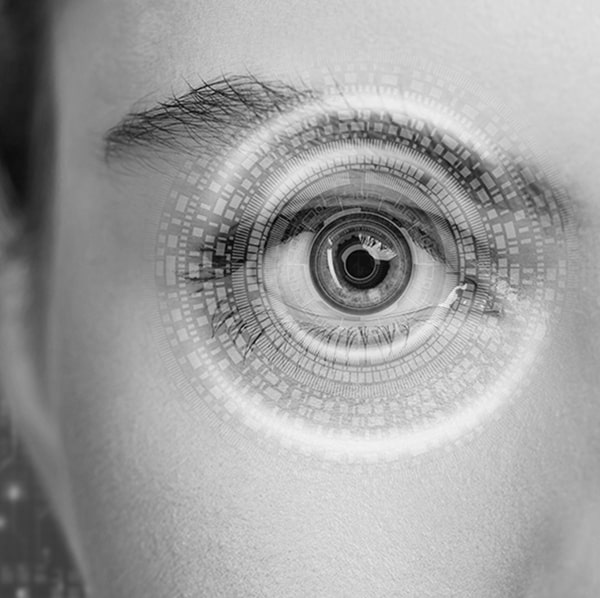Lasik : Laser Vision Correction
Laser eye treatment
LASIK stands for "laser-assisted in situ keratomileusis". This surgical technique, popular today, has been used since the 1990s. The visual correction is achieved by using a special laser to reshape the cornea.
How much does LASIK surgery cost?
The possibility of improving one's vision and no longer being forced to wear glasses and contact lenses makes Lasik desirable for many. The cost of the operation, which varies according to the severity of the vision defect to be treated and the technology used by the surgeon, is always more advantageous in Tunisia. The factors influencing the price are as follow:
- The degree of vision to be corrected: Lasik surgery is generally more expensive for people with extremely poor vision.
- The type of laser technology used: Newer technologies are generally more expensive than older ones. Before you decide, you should find out the costs of the different procedures available so that you know exactly what to expect
Daring lasik procedure
Lasik procedure lasts a total of twenty minutes, during which time it is necessary to hold a small light that will allow the eye to remain centred and to obtain a particularly precise result. The procedure consists of 2 main phases. The eye is held open by a blepharostat, so that the eyelid does not close involuntarily. An eye-tracker maintains a dynamic and automatic centring on the pupil, so that the operation can be safely interrupted in case of sudden movements. During the first phase, when the anaesthetic starts to take effect, the corneal flap is created with the laser. A small superficial part of the cornea is momentarily incised and moved to allow easy access to the laser. Then, the second phase, the actual correction phase, consists of flattening, in the case of myopia, or increasing the curvature, in the case of hyperopia, of the deep layers of the cornea. Through a process of vaporisation, certain cells are selectively destroyed, altering the plane of the cornea and deflecting the light rays onto the retina correctly. At this point, the corneal flap is repositioned and, being perfectly spherical and digitally created, it reinserts itself perfectly and heals autonomously. From this moment the mechanical resistance of the cornea is reduced, rubbing of the eyes must be avoided in order to not damage the corneal flap during the healing phase.
Lasik : postoperative follow-up
Immediately after the Lasik procedure, the patient may feel a slight burning and discomfort at the sight of bright light. The eye may be slightly red for a few hours and vision will still be slightly blurred but improved. The day after the operation, patients start to see much better, and vision will improve even more in the following days. It is very important to start using eye drops immediately after the operation, as instructed by the doctor. The patient should take care not to rub his or her eyes for the first 10 days and apply the protective shells given to him or her at night. During the first 10 days after the operation, one should avoid going to the beach, swimming pool or high mountains, as well as staying in dusty, smoky environments or where volatile and irritating substances are used. The patient will be able to start reading and watching television the day after the operation. During the first postoperative month, it is best to avoid sports activities that carry the risk of trauma and physical injury. In addition to the risks associated with each patient, which the specialist will inform you about in a completely personalised manner, the Lasik operation presents certain non-serious complications that rarely occur, which are:
Dry eyes. This can occur as a side effect of the operation and, although it can be annoying, it does not usually produce symptoms more important than mild eye discomfort, such as irritation, blurred vision, burning or redness.
Less common problems may include a slight loss of visual acuity.
Inflammation or infection is very rare and can be treated with certain medications
The presence of night halos or glare in low light situations. These types of problems are usually experienced by patients who have used older laser systems.
LASIK Results and Your Eye Surgeon
The first results of visual improvement are noticed as soon as the patient returns home after the Lasik operation. It is quite normal to have an increased sensitivity to light, increased tearing or a particularly dry eye. It is always advisable to sleep for a few hours when you return home, so that you do not experience any minor discomfort after the operation. In fact, they will disappear within a few hours. It is very important to use protective eye shields to help you sleep right away. When the patient wakes up, he or she may have the reflex to look for glasses, but they will no longer be needed, as the vision will already have improved. After a Lasik procedure, the patient will no longer need glasses to correct myopia, astigmatism or hyperopia, and even less contact lenses. Within 3 days of the operation, the patient's vision will already be excellent, but he or she will have to pay attention for some time.









